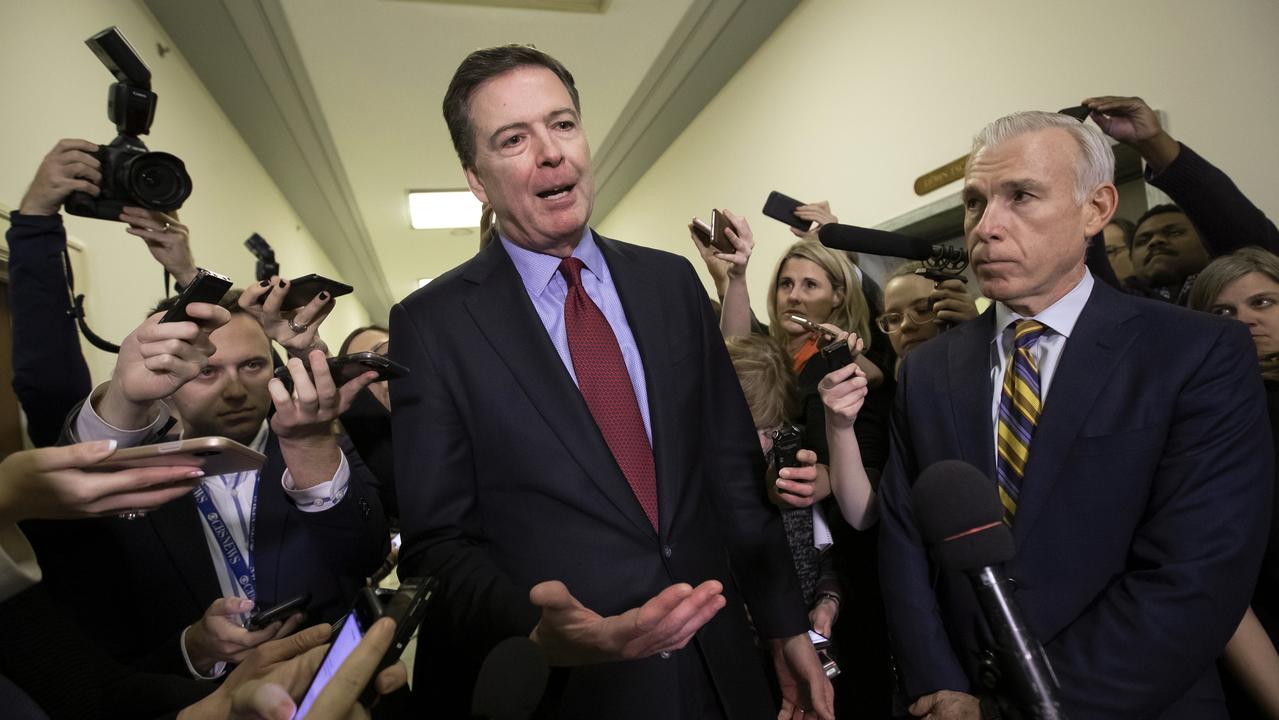How the scheme works
THE Productivity Commission's draft report recommends 18 weeks of taxpayer-funded maternity leave paid at the adult minimum wage, currently $543.78 a week. In addition, fathers would be given two weeks of "use it or lose it" paid leave.
THE Productivity Commission's draft report recommends 18 weeks of taxpayer-funded maternity leave paid at the adult minimum wage, currently $543.78 a week. In addition, fathers would be given two weeks of "use it or lose it" paid leave.
All leave must start after the birth, and be taken within six months.
The scheme will be open to any new mother who worked an average of 10 hours a week, continuously, for a year before her baby's arrival -- be it as a permanent or casual employee, contractor or self-employed. Mothers would have to take the leave initially, to encourage breastfeeding, bonding and postnatal recovery. But if they wished to swap roles with their partner and return to work, they could transfer the outstanding leave to the father -- so long as he also meets the work test.
Workers who receive paid parental leave from their employer already -- just over half Australia's female workforce -- can also get the Government payout. Therefore, a woman already earning $700 a week from her employer would get an extra $543.78 from the government, and pay tax on the entire $1243.78.
All parents using the scheme would lose the existing $5000 baby bonus -- as well as the family tax benefit B during the duration of paid leave. Mothers who are not in the workforce will be given the baby bonus, as well as family tax benefit B for stay-at-homes. The baby bonus would be rebadged as a tax-free "maternity allowance" -- which works out at $278 a week in the hand over 18 weeks.
To ease concerns that a higher rate of parental pay might encourage teenage workers to fall pregnant, a lower rate (possibly 60 per cent of the minimum wage) would be paid to under-21s earning junior rates of pay.
Employers would have to channel the parental payments to workers through their paypackets, then reclaim the cost from the Government -- possibly in the form of a tax credit. They would pay a 9 per cent superannuation levy to absent workers during the period of paid leave. But super contributions would be capped at $881 during the 18-week term.
For workers who usually earn more than the minimum wage, the 9 per cent contribution will be based on the parental payment only. For those earning less, contributions will be based on their usual salary. For example, an employer would pay only $324 in super for the 18 weeks for a worker usually earning $200 a week.
Employers would only have to pay the leave to workers who qualify for 12 months' unpaid leave. The federal Government would pay other eligible mothers, such as casual workers who have changed jobs during the year, directly.
The PC estimates the scheme will cost taxpayers a net $450 million a year, and business $75 million.



